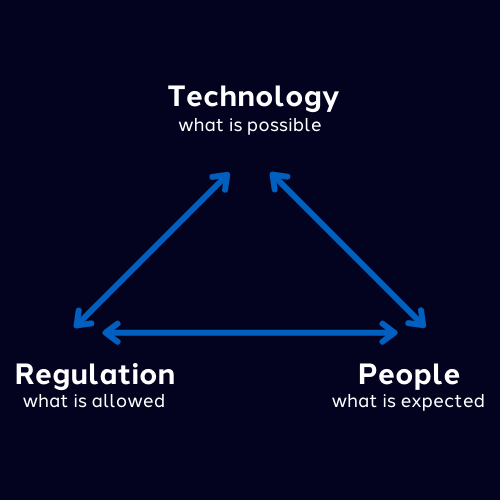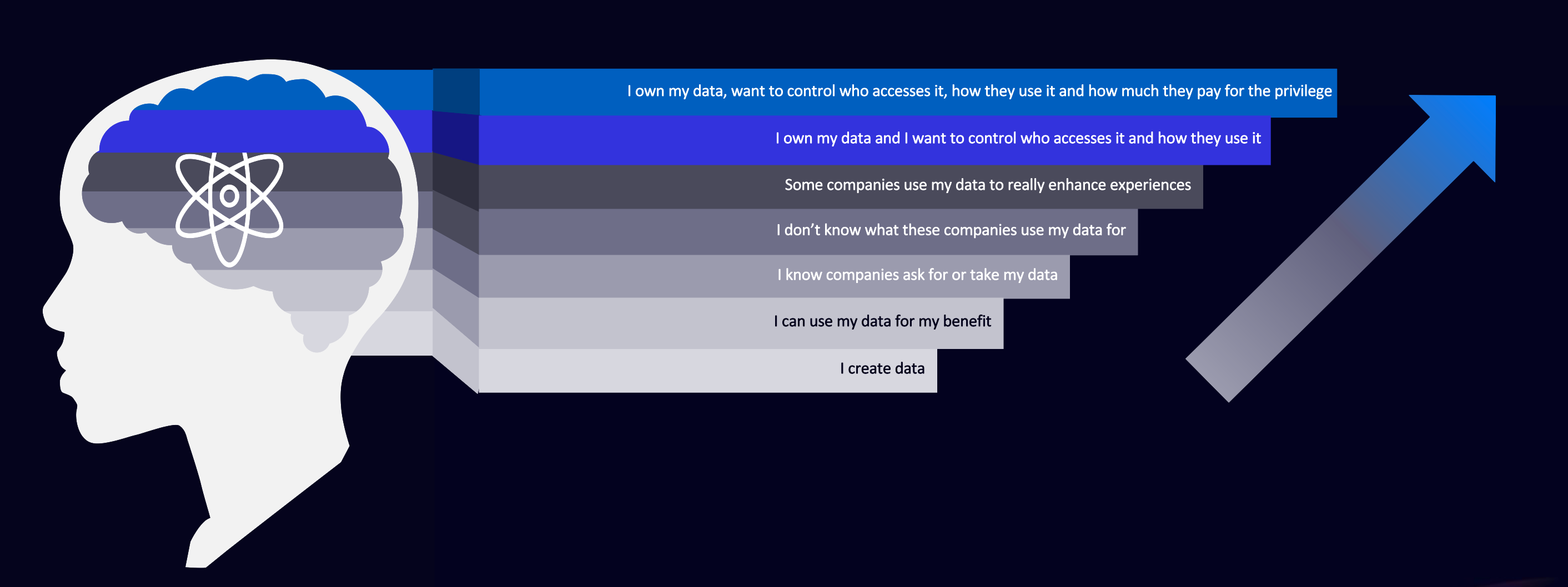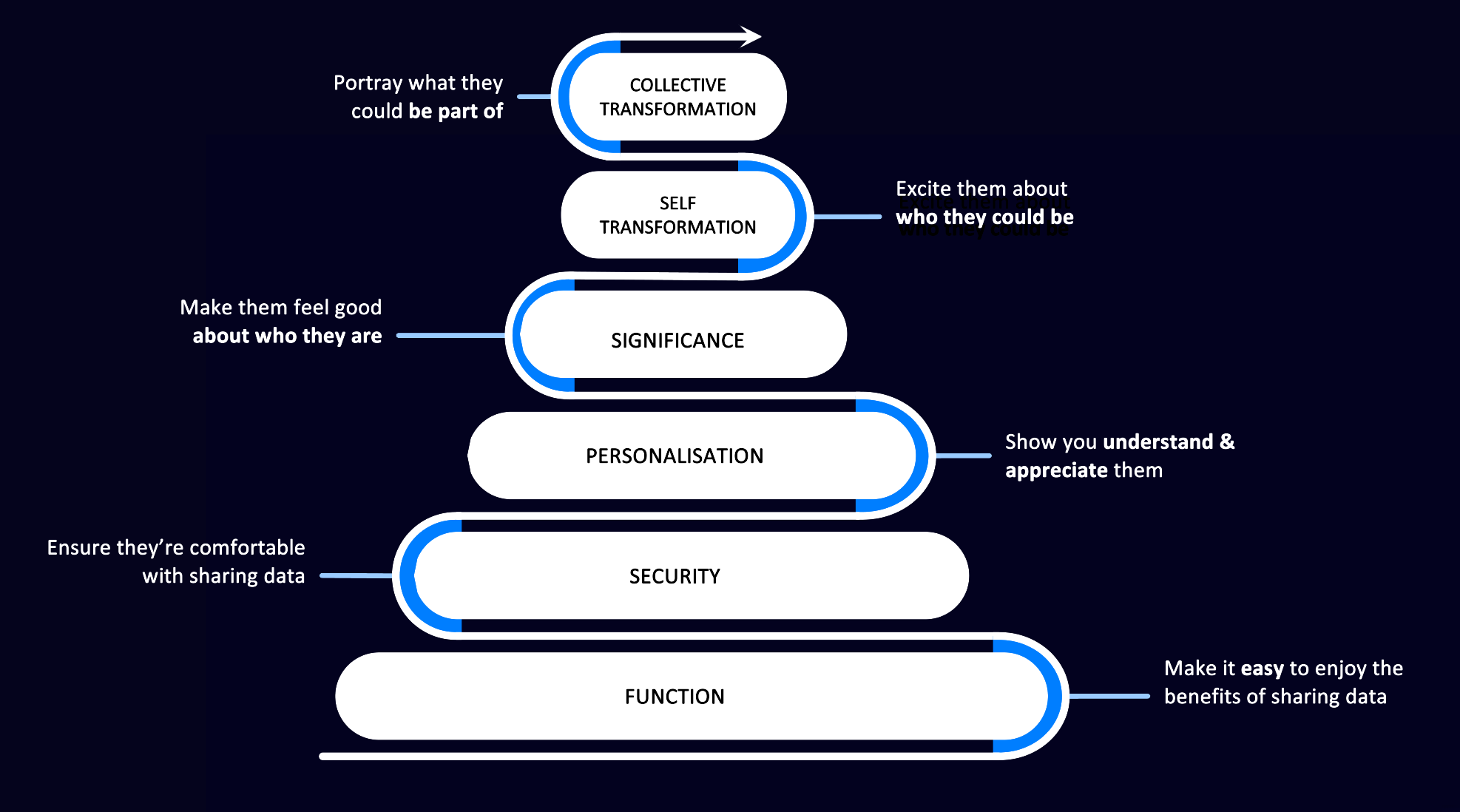Privacy is a ‘live’ issue. There’s new news at least weekly, as governments, tech giants and the broader marketing & advertising community try to shape the future. Data privacy will be fundamental to how the internet works going forward. Web 3.0 has many definitions, but it will change how we exchange value. And data is fundamental to how we transact online. For marketers, that shifts the digital norms built up over the last 25 years. We need to re-examine what we do and how we do it, even if the ‘why’ remains unchanged.

Every day, technological improvements in data collection and processing allow us, as marketers and as consumers, to do more. As consumers, our consciousness around data, and our expectations of brands, in terms of the utility they provide us and in terms of the ethical standards we hold them to, evolves. This in turn motivates regulators to change what’s permitted.
Each area carries a tension. Technology can collect data from ever more areas of life as digital becomes pervasive, but the ethics are not clear, so should it? People love what digital can do for them, but fear what could happen to their data. Regulators want privacy and competition, but those objectives often conflict.
Brands can either experience privacy paralysis or be proactive. By understanding their audience and technology landscape, they can mitigate regulatory uncertainty by acting in a privacy conscious manner.
Where everything is digital, brands have a clear opportunity
Many markets now see less time spent with ‘traditional’ media than digital; China sees a 36/64 skew for example. And in advertising terms, the balance has already tipped further, with China’s digital spend nearing 80% share.
Moreover, those traditional channels are digitising. TV is becoming connected. Retail blurs between physical stores and online marketplaces. Radio is giving way to digital audio. Gaming digitised, then went mobile. Even billboards are becoming giant screens. And that’s before AR, VR, Voice, Electric cars and so on become new platforms. The scaled use cases for blockchains aren’t yet clear, but decentralisation presents a similar quandary.
All of these will open new sources and uses of data. And the product or entertainment appeal to consumers will likely preceed their understanding of the privacy implications. Brands therefore have a clear opportunity to support their customers.

Human consciousness of digital data was growing before the pandemic, but the very public use of health data and having to do everything digitally have been dual accelerants.
People are now not just aware that they create digital data, but sentient. They understand this data has value to brands, and they have feelings and opinions about that.
It’s still an ill-informed debate, however, with massive information asymmetries. This is where brands have a chance to step up to the plate and build trust with their customers before the emotional or political influence sways them. The most effective way to do this is to build privacy into their value proposition.
Addressing consumers' data needs

Successful brands will guide their customers up a ‘hierarchy of data needs’, first setting the basics of ease and safety, then progressing to tailoring valuable experiences and making them feel part of a broader community.
How that translates to a given industry will vary greatly. And it’s not a substitute for a great product or any other pillars that a strong brand needs. But brands which consider their competitive position, their ethics and what is commercially sustainable through this lens will have the chance to outperform.
It’s a multi-polar (data) world
As with modern geopolitics, the world of data has multiple centres of gravity. The U.S., EU, China, South Korea and Australia are all taking different regulatory approaches. This is to be expected. Banking regulations vary by market, as they do for pharmaceuticals. Digital won’t be any different, and brands should accept and prepare for that. Adhering to the ‘highest common denominator’ is a good start.
Where brands can conduct more nuanced analysis is to consider how technology’s epicentres will influence their strategy. Again, this is multi-polar. We could end up with a ‘splinternet’ comprising China and U.S.-centric technology stacks. Either way, examining the impact of Superapps, Operating Systems, the open web, privacy managers and more should inform an adaptive data strategy.
How should brands think about their approach
To address these challenges, and build a brand’s response, it pays to first think through:
- What do we mean by digital privacy?
- Which problems are we trying to solve?
- Who is going to care?
In the next instalment of this privacy series, I’ll cover these points and more. Watch this space!



